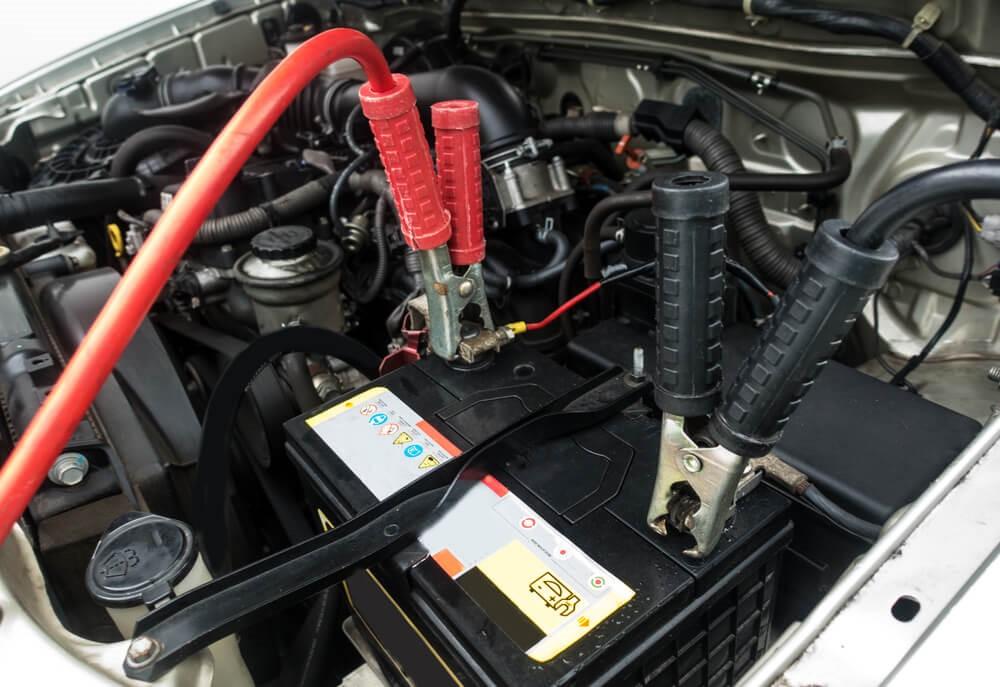Have you ever found yourself in a situation where you turn the key or press the start button in your car, only to be met with an annoying silence? Perhaps you’ve pondered the question: How many amps does it take to start a car? This seemingly innocuous inquiry is more layered than it might initially appear. Let’s delve into the electrifying world of car ignition systems, power requirements, and how understanding amps can prevent potential automotive dilemmas.
At the crux of any vehicle’s functionality lies its battery, the unsung hero of combustion engines. The battery’s primary mission? To deliver sufficient current to kickstart the ignition and power the starter motor. In most conventional vehicles, this involves a surge of electrical energy that allows the engine to take life. But just how much of that energy is measured in amps, and why does it matter?
A standard automotive battery typically delivers between 12 to 14 volts, but the amps required to turn the engine over can vary significantly, often ranging from 100 to 200 amps for most automobiles. This brings us to the oft-posed question: How on earth does an electric car function smoothly without such a heavy starting load? Electric vehicles (EVs) operate on a vastly different paradigm, favoring high voltage systems. This twist not only underscores the escalating innovation in automotive technology but also emphasizes the shifting landscape where traditional benchmarks are challenged.
One major factor affecting the required amps comes down to engine size and design. Larger engines, particularly those found in trucks or performance vehicles, typically require more power to initiate ignition. This is due to the increased inertia that larger components entail. Imagine trying to push a boulder versus a pebble—getting that boulder rolling takes far more effort. Similarly, when you ponder how many amps are needed for your specific vehicle, recognize that both the engine’s displacement and the starter motor’s efficiency play vital roles in determining the exact figure.
Furthermore, factors such as vehicle age, environmental conditions, and battery health also play significant roles. An older battery, for instance, may struggle to deliver adequate amperage due to wear or buildup of sulfation, a condition frequently overlooked by drivers. Checking your battery regularly can help mitigate the risk of failure; if you’re under the hood checking your fluid levels, give your connections and terminals a thorough inspection as well. The last thing you need is a frosty morning to catch you unprepared!
Consider the scenario where you park your car for an extended period—say, during a long vacation. Upon your return, you might be met with the fateful click of a waning battery, indicative of insufficient amps to start your engine. This is not merely an inconvenience; it can escalate to a troubling challenge, particularly if you’re in a remote area without easy access to a jump-start or assistance. Thus, understanding your battery’s requirements—be it through amps or voltage—empowers you to take proactive measures.
Speaking of jump-starts, it’s important to know how to safely execute this procedure. Connect your jumper cables correctly: positive to positive and negative to a grounded surface, not necessarily to the battery terminal. Engaging in this task can be a rite of passage for many car enthusiasts. Yet there’s more to be aware of, including the amps of the donor vehicle. If you jump from a vehicle with insufficient amperage, you may end up right where you began—stuck and frustrated.
Beyond understanding amps, exploring why these specifics matter can provide clarity on electrical systems. A car’s starting system works on the principle of a current demand. If your vehicle’s starter draws more amps than your battery can support, it could lead to inadequate engine cranking or even lasting damage. The answer lies not only in how many amps a car truly requires but also in the intricacies of how batteries age, how cold weather affects performance, and how regular maintenance can extend battery life.
Now, imagine you’re out on a weekend adventure—a spontaneous trip, perhaps. You hop in your car, only to realize the battery is gasping for electrical life. What if you had foreseen that hiccup? Routinely testing your battery’s capacity, or even investing in a portable jump starter, could be game-changers. You’d be prepared, ready to saunter away from potential predicaments with an air of confidence.
Understanding amps in the context of car ignition is not just about knowing numbers; it’s about building a thorough comprehension of your vehicle’s holistic electrical system. By being informed and prepared, you’re not just a driver; you’re a guardian of your automotive experience. The next time you ponder the magical world of amps, embrace the knowledge. You’ll be far more equipped to tackle those unforeseen challenges and keep your engine humming smoothly.
In summary, the answer to how many amps are necessary to start your vehicle may be more subjective than you initially thought. It intertwines with the unique parameters of your automotive design, environmental influences, and maintenance practices. So, the next time you’re confronted with the age-old dilemma of a silent ignition, approach it with understanding, preparedness, and maybe even a bit of humor—after all, every hiccup on the road is merely a story waiting to unfold.
